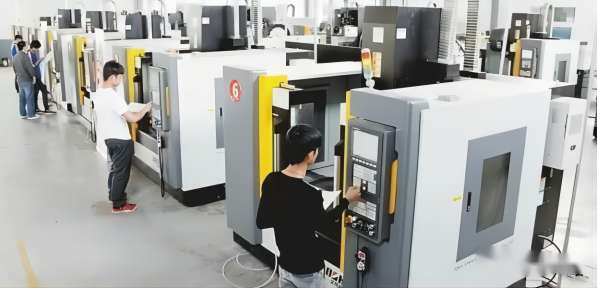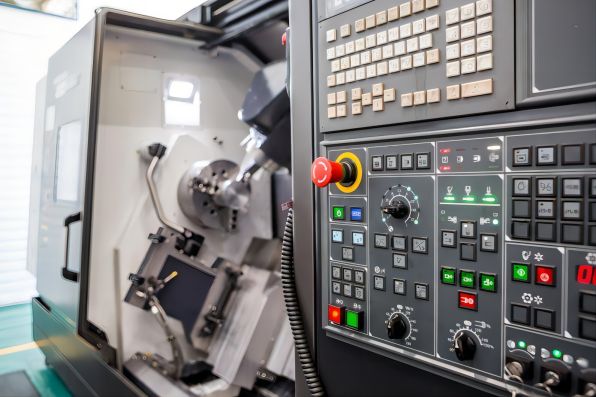
Privacy statement: Your privacy is very important to Us. Our company promises not to disclose your personal information to any external company with out your explicit permission.
Look around at all the products around you including phones, tablets, laptops, watches, vehicles and desks. Most are CNC machined final products.
CNC machining is a manufacturing process that uses computer instructions (or computer programs) to accurately and precisely create the parts you need.
The computerized nature of CNC machining, coupled with high accuracy, precision and broad material compatibility, makes it one of the most popular manufacturing processes today. For example, technology giant Apple had to abandon traditional machining and rely on CNC machining to manufacture the unibody body of its MacBook.
Do you want to know how CNC machines work, the CNC machining process, and the different types of CNC machines available today?
What is CNC and how do CNC machine tools work?
CNC stands for Computer Numerical Control; it is simply an automated method of controlling machine tools.
Computer numerically controlled machine tools rely on computer instructions and CAM (computer-aided manufacturing) programs to control, automate and monitor the movement of the machine tool to manufacture the required parts.
CNC machines take stock materials, such as aluminum blocks, and transform them into finished products through a controlled material removal process.

Let`s break down the CNC machining process further, we can divide the CNC machining process into five different steps:
1. Create your 2D and 3D designs
The first step in the CNC machining process is to create 2D and 3D drawings of the part using computer-aided design (CAD) or computer-aided manufacturing (CAM) software such as SolidWorks and Autodesk Inventor. When creating 2D and 3D drawings, you must specify all important dimensions, features with tolerances, and surfaces with specific surface finishing requirements.
The goal is to accurately represent the part (or product) you want to create.
2. Save your designs using the best 3D CAD file formats
Two common CNC-compatible file formats used in CNC machining are the STEP and IGES file formats.
Common file formats for CNC processing
The STEP format (sometimes called the STP format) is widely considered the best file format for sharing 3D models. This is because the format is neutral and does not belong to any specific 3D CAD software vendor. So no matter what 3D CAD software you use to create your design, your product development team (or machine shop) will have no problem accessing (or modifying) your design.
In contrast, the IGES format is an older file format than the STEP format. It is available in almost every 3D CAD software package, which means your machinists can access it to manufacture your products without any problems. However, for the same product design, IGES files are usually larger than STEP files. Therefore, if you need to email a large design to a manufacturer, the STEP file format may be ideal.
Other 3D CAD file formats used in CNC machining include AP214, STL, DWG, and DXF file formats.
3. The machinist generates tool paths
A tool path is a series of coordinate positions (or spatial paths) that a CNC cutting tool will follow during machining to produce the desired workpiece geometry.
CAM software often has features that allow machinists to define their machining strategies, including the types of cutting tools to be used, feed rates, and cutting tool speeds.
4. The machinist converts the processing parameters into CNC compatible files
The last step the machinist performs on the CAM software is to convert the machining strategy into so-called G-code. G-code is a computer language that CNC machines understand and execute; it tells the CNC machine exactly what steps to perform to make a part.
After the G-code is generated, the machinist exports it to the CNC machine.
5. Machinists perform machining operations
During this stage, the machinist inserts the workpiece into the CNC machine and installs all the cutting tools required for the machining operation. After completing these steps, the machinist starts the machining process to create the part autonomously.
The above content is an introduction to what CNC machining is and how CNC machine tools work. I hope it can help everyone better understand the knowledge of CNC machining.

LET'S GET IN TOUCH

Privacy statement: Your privacy is very important to Us. Our company promises not to disclose your personal information to any external company with out your explicit permission.

Fill in more information so that we can get in touch with you faster
Privacy statement: Your privacy is very important to Us. Our company promises not to disclose your personal information to any external company with out your explicit permission.